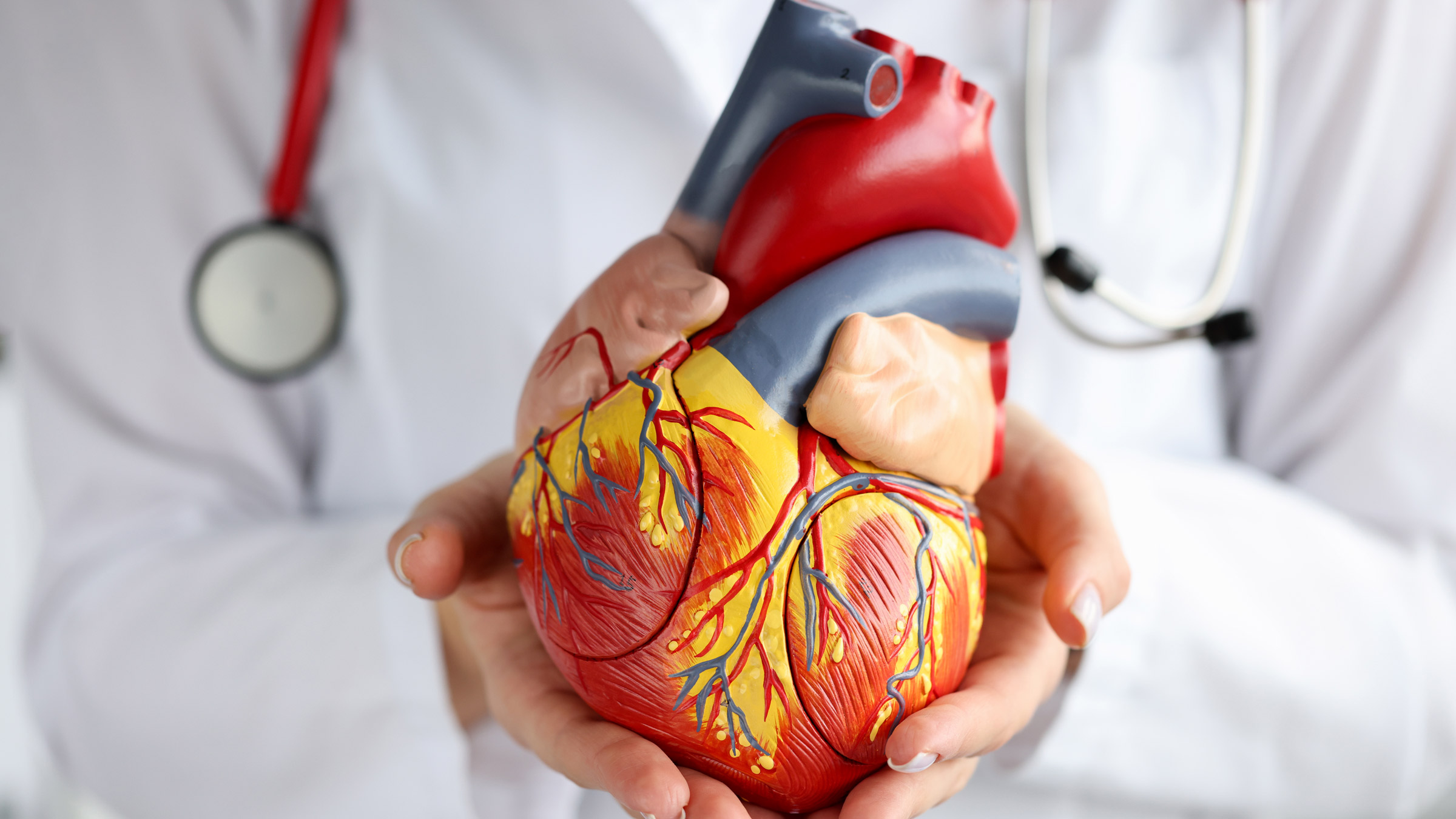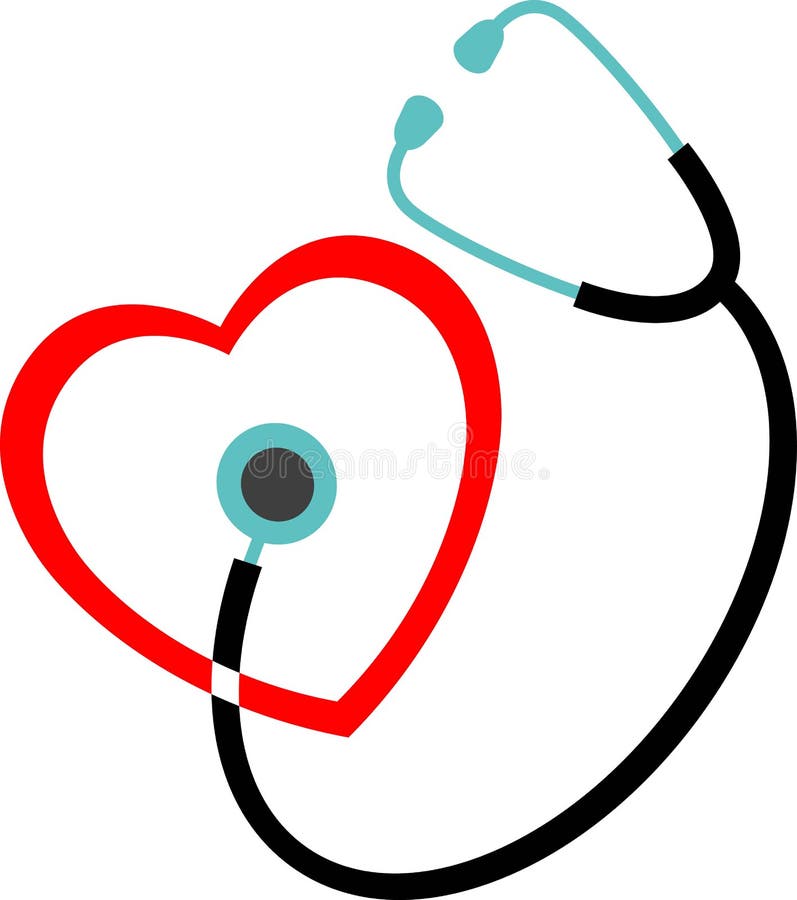The essential guide to understanding Cardiology and heart disease prevention
The essential guide to understanding Cardiology and heart disease prevention
Blog Article
Recognizing the Value of Cardiology in Modern Medical Care Services
Cardiology plays an essential duty in contemporary health care, particularly as cardiovascular disease remains to be the leading reason for death worldwide. Advances in diagnostics and therapy have changed individual care, enabling earlier treatments and enhanced outcomes. In addition, the shift towards precautionary cardiology encourages people to handle their health proactively. As innovation remains to advance, the integration of ingenious remedies may better redefine cardiology's impact on public health and wellness, motivating a better exam of emerging trends and their ramifications.
The Prevalence of Cardiovascular Disease and Its Influence On Public Health
Although heart illness stays the leading cause of death internationally, its effect extends much beyond individual clients to affect public wellness systems and economic situations. The high frequency of cardiovascular disease places a significant strain on health care resources, requiring enhanced funding for therapy, rehab, and prevention programs. Public wellness campaigns should deal with threat elements such as obesity, smoking cigarettes, and inactive way of livings, which contribute substantially to the increasing incidence of heart conditions.Moreover, the financial burden related to heart disease is tremendous, including not only direct medical costs however additionally indirect expenses associated with shed performance and premature mortality. Neighborhoods deal with obstacles in managing these prices, usually leading to disparities in health care gain access to and results. As the populace ages and lifestyle-related dangers remain to rise, the necessity for reliable cardiology treatments comes to be extremely important. Consequently, dealing with heart problem is not only a matter of private health and wellness however likewise an important public wellness top priority.
Breakthroughs in Heart Diagnostics and Imaging Techniques
Current improvements in heart diagnostics and imaging strategies have actually reinvented the area of cardiology, improving the ability to keep an eye on and discover heart illness. Techniques such as cardiac MRI, CT angiography, and echocardiography have become increasingly innovative, giving in-depth photos of cardiac structures and features. These methods enable the very early recognition of conditions like coronary artery disease, cardiac arrest, and valvular disorders.Moreover, improvements in non-invasive diagnostics, such as wearable technology and remote monitoring tools, have actually empowered people and medical care providers. These devices help with real-time monitoring of heart rhythms and other essential indicators, causing timely treatments. Additionally, expert system is being incorporated into imaging evaluation, improving precision and efficiency in diagnosis.
Innovations in Therapy Options for Heart Issues
Recent improvements in cardiology have actually resulted in substantial developments in therapy options for heart problems. These consist of innovative medical strategies that enhance procedural outcomes and emerging drugs that provide new opportunities for treatment. As the area develops, these innovations play a crucial duty in improving client treatment and end results.
Advanced Surgical Techniques
Innovations in surgical methods have actually changed the landscape of cardiology, offering new hope for patients with heart disease. Minimally invasive procedures, such as catheter-based interventions, have actually substantially reduced recovery times and health center keeps. Strategies like robotic-assisted surgery improve accuracy, enabling specialists to navigate complicated anatomical structures with greater precision. Improvements in imaging modern technology promote real-time visualization throughout procedures, boosting end results. Transcatheter aortic valve replacement (TAVR) exhibits an innovation in dealing with aortic stenosis, enabling shutoff substitute without open-heart surgery. In addition, hybrid strategies that incorporate medical and catheter-based approaches offer tailored options for different cardiac problems. These advanced surgical methods not just boost individual safety however additionally expand treatment choices, underscoring the crucial role of development in modern-day cardiology methods.
Emerging Drugs and Therapies
As the landscape of cardiology remains to evolve, arising treatments and medications play a crucial function in enhancing treatment alternatives for heart disease. Innovations such as unique anticoagulants and progressed lipid-lowering agents have actually changed the management of heart diseases, greatly lowering client morbidity and death. Furthermore, the growth of gene therapies and regenerative medication offers promising avenues for dealing with conditions previously regarded irreversible. Professional trials are continuously disclosing the efficiency of these therapies, pressing the boundaries of standard therapies. The assimilation of digital health innovations promotes personalized medicine, enabling for customized therapy strategies based on hereditary and way of living factors. Collectively, these developments highlight the vibrant nature of cardiology, enhancing person outcomes and redefining standards of care in contemporary health care.
The Function of Preventive Cardiology in Individual Treatment
Preventative cardiology plays an essential role in client care by focusing on the identification of danger elements that add to heart problem. With way of life alteration methods and very early detection strategies, doctor can effectively lower the incidence of cardio occasions - Cardiology care. This positive method not only improves patient end results yet likewise promotes long-term wellness
Threat Aspect Identification
While heart diseases continue to be a leading root cause of morbidity and mortality worldwide, reliable danger element identification functions as a foundation of preventive cardiology. Identifying threat elements such as hypertension, diabetes mellitus, household, and hyperlipidemia history is essential for very early intervention. Medical care experts utilize different evaluating techniques to evaluate these variables, enabling customized precautionary measures. Furthermore, understanding a client's way of life options, such as smoking cigarettes and physical inactivity, better notifies threat assessments. This detailed assessment makes it possible for clinicians to establish personalized care strategies focused on mitigating risks. By prioritizing threat factor identification, medical care systems can enhance client end results and reduce the overall problem of heart diseases, ultimately adding to boosted public health techniques and source allocation.
Lifestyle Adjustment Approaches
A multitude of studies highlights the vital duty of way of living modification strategies in decreasing heart disease danger. These methods incorporate nutritional changes, increased physical activity, cigarette smoking cessation, and weight administration. By embracing a heart-healthy diet plan rich in fruits, vegetables, whole grains, and lean proteins, individuals can lower cholesterol levels and high blood pressure. Regular physical activity reinforces the heart and enhances general cardio health and wellness. Additionally, stopping smoking cigarettes greatly decreases the risk of heart disease and enhances recuperation prices for those with present problems. Weight administration even more adds to cardio wellness by alleviating other risk factors such as diabetes mellitus and high blood pressure. Executing these lifestyle changes not just promotes individual health however likewise works as a keystone of precautionary cardiology in patient treatment.
Very Early Discovery Methods
Lifestyle alterations significantly add to lowering cardio disease threats, however they are most effective when coupled with early discovery methods. Preventive cardiology stresses the importance of recognizing prospective heart concerns before they rise into serious conditions. Strategies such as blood pressure surveillance, cholesterol screening, and progressed imaging innovations like echocardiograms play crucial duties in assessing cardio health. Biomarkers and genetic testing additionally enhance the accuracy of very early detection, enabling tailored precautionary strategies. Routine heart risk examinations empower health care service providers to step in proactively, possibly avoiding cardiac arrest and strokes (Cardiology care). By incorporating these early detection techniques right into regular care, individuals can gain from prompt lifestyle interventions and targeted therapies, ultimately enhancing results and boosting lifestyle
Integrating Technology Into Cardiology Practices
As developments in innovation proceed to improve various areas, the integration of innovative tools and systems right into cardiology techniques has become necessary for boosting patient care and results. Telemedicine more information systems allow cardiologists to monitor patients remotely, improving access to care while reducing the concern on health care facilities. Wearable devices, such as smartwatches, enable continual heart price monitoring, informing both patients and doctors to prospective problems in real-time. In addition, expert system (AI) is being made use of to assess substantial quantities of cardiac data, aiding in very early medical diagnosis and individualized treatment plans. Advanced imaging strategies, consisting of 3D echocardiography, improve visualization of heart structures, leading to extra exact interventions. Electronic wellness documents (EHRs) improve patient details administration, guaranteeing that cardiologists have prompt accessibility to important data. With each other, these technological advancements are changing cardiology, promoting aggressive administration and improved wellness outcomes for people with cardiovascular problems.
The Relevance of Individual Education And Learning and Engagement
Person education and interaction play a pivotal function in the monitoring of cardiovascular health and wellness. By equipping clients with expertise about their conditions, therapy alternatives, and lifestyle modifications, doctor encourage people to take an energetic duty in their treatment. This proactive technique can bring about improved adherence to prescribed medications, dietary modifications, and workout regimens, ultimately minimizing the threat of complications.Engagement additionally fosters a strong patient-provider relationship, encouraging open communication and count on. When people really feel informed and involved, they are more probable to voice issues and ask concerns, which can cause much better scientific end results. In addition, instructional sources, such as workshops or electronic systems, can improve understanding and advertise self-management methods. Generally, focusing on individual education and learning and interaction is necessary for boosting cardio health and wellness, enhancing high quality of life, and decreasing healthcare costs associated with heart diseases.
Future Patterns in Cardiology and Their Prospective Effect

Frequently Asked Concerns
What Way Of Life Adjustments Can Minimize Heart Illness Danger?
The current inquiry addresses way of living adjustments that can substantially minimize cardiovascular disease threat. Dr Garcia. Taking on a balanced diet, participating in regular exercise, preserving a healthy weight, taking care of tension, and avoiding cigarette can notably boost cardiovascular wellness
How Can I Identify Early Indicators of Heart Problems?
Identifying early indications of heart problems includes monitoring signs such as upper body pain, lack of breath, fatigue, and uneven heart beat. Prompt awareness of these signs can motivate required clinical assessment and treatment for far better results.
What Are the Distinctions In Between Cardiologists and Cardiac Surgeons?
The distinctions in between cardiologists and cardiac specialists depend on their roles; cardiologists mostly handle and detect heart conditions through non-invasive techniques, while heart surgeons carry out surgeries to correct structural heart problems. Each plays an essential, distinct role.

Just how Commonly Should I Get My Heart Health Checked?
The frequency of heart medical examination varies based on individual threat aspects. Typically, grownups must go through assessments each to 2 years, while those with existing problems might need more constant evaluations as advised by medical care Get the facts specialists.
What Function Does Genetics Play in Heart Condition Threat?
Genetics substantially influences heart disease threat, with familial patterns showing inherited conditions. Particular genetics can predispose people to hypertension, cholesterol concerns, and other cardio problems, highlighting the importance of genetic screening in examining heart health. Heart illness remains the leading cause of fatality internationally, its effect extends much beyond individual clients to affect public health and wellness systems and economies. Public health and wellness campaigns should deal with danger variables such as obesity, cigarette smoking, and less active way of lives, which contribute considerably to the increasing occurrence of heart conditions.Moreover, the financial burden linked with heart illness is tremendous, including not just direct clinical costs however also indirect costs related to lost efficiency and early death. Preventative cardiology plays an essential role in client treatment by concentrating on the recognition of risk elements that add to heart condition. Fabricated intelligence (AI) and machine knowing are boosting diagnostics and patient tracking, allowing early detection of heart diseases. The differences between cardiologists and heart surgeons exist in their duties; cardiologists largely detect and take care of heart problems with non-invasive techniques, while cardiac cosmetic surgeons do surgical treatments to deal with architectural heart problems.
Report this page